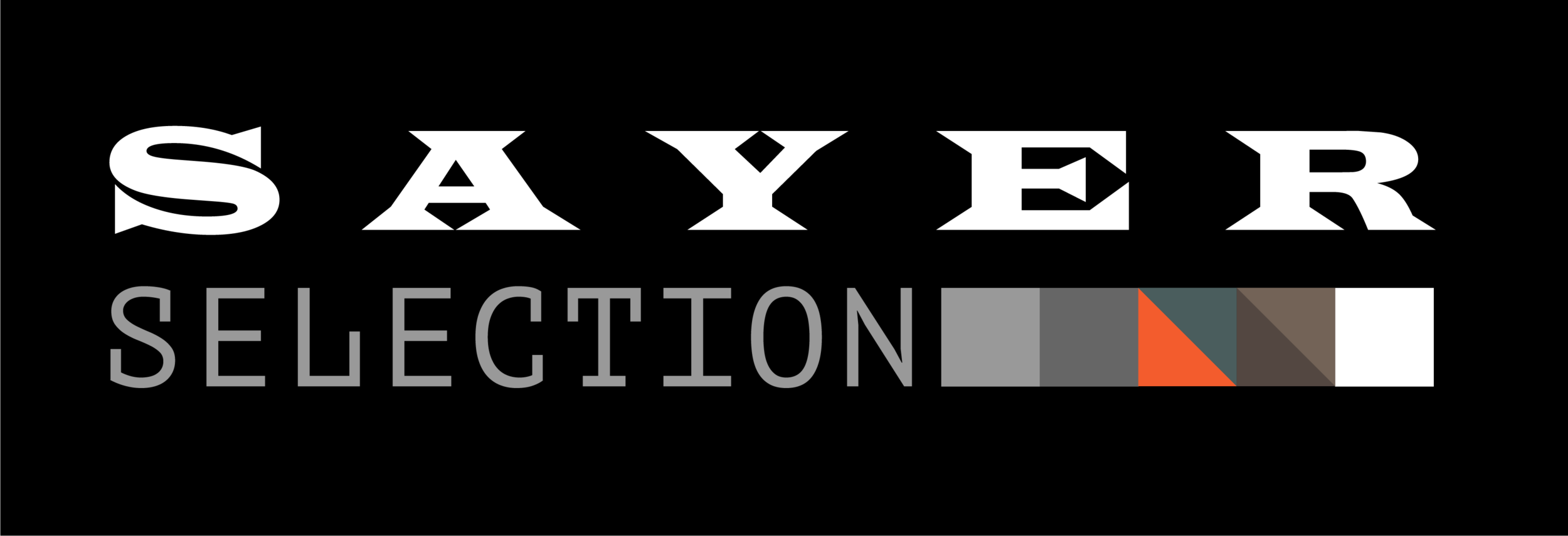Continued...
Among other racing modifications, TWR implemented the single wheel nut and compressed air jacking systems to speed up their pit stops. A heavier car than its BMW competitor, TWR001 needed extra pit stops and so speed would therefore be essential for a Jaguar win. The new Lucas developed micro-chip injection system was not yet ready for testing and so a large hole is cut out of the original bonnet in order to allow for the six Weber carburettors - ‘Tom’s hack’.
Still in its damson/white livery, TWR001 was then taken to the Gaynor proving ground for straight line testing and following this, made ready for testing at the then disused Goodwood circuit. Although an open test day, no public announcement was made with testing undertaken in great secrecy. Opinion at this time within the racing community was that the car is actually destined for Bathurst, Australia. Another test is carried out at Silverstone on March 2nd and later at Zolder in Belgium. The car was then painted black in advance of final confirmation of sponsorship from Motul Oil, who were awaiting the latest testing results.
The Jaguar XJS TWR is revealed to the media mid-March 1982 with the announcement that TWR will be running the XJS in the European Touring Car Championship. Sponsorship had been confirmed from Motul Oil and Akai, along with results based backing from Jaguar Cars and free tyres from Dunlop. All homologation requirements had been met for the Group A specification and in readiness for the first race at Monza, the six Weber carburettors were replaced with the standard fuel-injection system and inlet manifolds.
The 1982 race season
21st March, Monza – Walkinshaw/‘Nicholson’ start on the front row but retire mid-way when a chicane damages the underside.
April 4th, Valleunga – Walkinshaw/’Nicholson’ finish third, although most lap charts indicated that the car came second.
April, Zolder – Belgian National (non-ETC) event won by Walkinshaw.
May 2nd, Donington – Walkinshaw/’Nicholson’ lead the race, but forced to retire when the radiator is holed.
May 16th, Enna – Not raced.
May 23rd, Mugello – Walkinshaw starts well from pole position but retires due to a valve spring failure.
June 13th, Brno – The first ETC win for Walkinshaw/’Nicholson’ and the Jaguar XJS.
June 27th, Zeltweg – Starting on pole, Tom Walkinshaw drives single-handedly, but loses time due to windscreen wiper failure finishing second.
July 4th, Nurburgring – The second ETC win. Despite a puncture, Walkinshaw/‘Nicholson’ finished first place ahead of BMW in third.
July 31st - August 1st, Spa-Francorchamps, 24 hour race. Two Jaguars appear for the first time along with an updated livery. The Walkinshaw/’Nicholson’/Percy car with its new Getrag five-speed gearbox takes pole position and a brief lead, but both cars retire after night-time crashes.
September 12th, Silverstone – A 1-2 finish by Walkinshaw/’Nicholson’ and Allam/Lovett provide Jaguar Cars with its third ETC win and first TT victory since 1951. This convincing performance proves to be an important milestone in the Jaguar/TWR relationship giving Jaguar Cars the confidence to officially back the project in 1983.
26th September, Zolder – The fourth ETC win and another 1-2 position for the XJS. Both Jaguars occupy the front row of the grid.
Retirement
In March 1983, Jaguar Cars announced their formal return to the European Touring Car Championship. Jaguar were to co-sponsor with Motul Oil and the cars would have a white and green livery. TWR will continue to prepare and race the cars, with full support from Jaguar.
“One car is being prepared from scratch, the other is (in updated form) the car which became the TWR ‘No 2’ car in 1982. Last year’s ‘No 1’ car, which won four ETC races last year, will stay at base – available for development or, of course, for spares if these should be needed at short notice.” (Jaguar 1983 European Touring Car Championship Programme)
After a victorious competition season, TWR001 is formally retired from racing after its four ETC wins and one non-ETC win in 1982.

